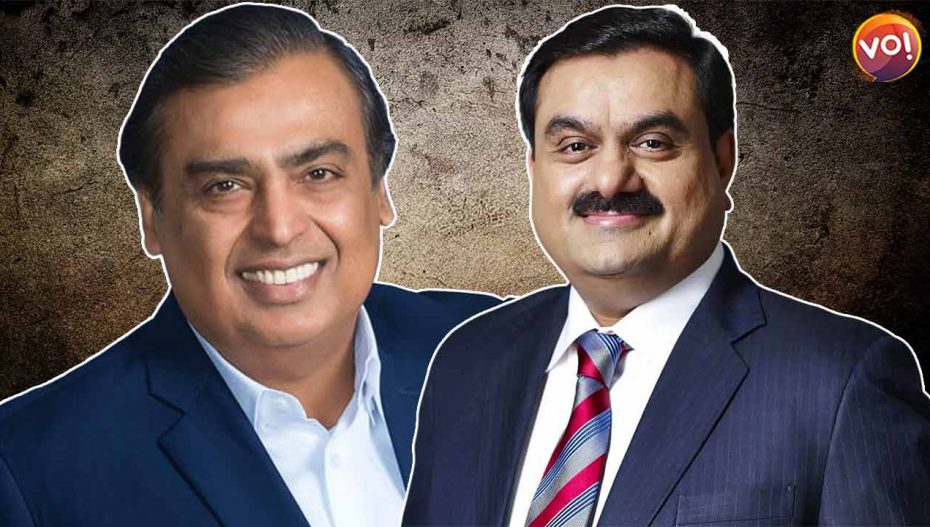The Gautam Adani-led Adani Group has entered into a no-poaching agreement with Mukesh Ambani-led Reliance Industries. This would in effect restrict both groups from hiring talent from each other. The agreement has come into effect from May this year and will be applicable to all their businesses.
Of late both have entered sectors where the other has a big play. Their paths cross in the petrochemical space with Adani Petrochemicals Limited, which is where Reliance has a large presence, and the high-speed data services, for which Adani has bid for 5G spectrum. The Adani Group seeks to serve enterprise customers in six licensed service areas through Adani Data Networks. Reliance Jio Infocomm is the world’s third-largest mobile network operator with a subscription base of 426 mn and has emerged as the largest bidder for 5G spectrum.
With Adani’s entry into the telecom biz along with his recent acquisition of media houses such as the Quint and NDTV and Ambani’s foray into clean green energy, their business rivalry is going to go head to head and both the companies needed to safeguard their interests. Given that both groups are present in several sectors, where talent is scarce in India, this pact could help prevent a war for talent.
As the war for talent intensifies and wage costs soar, mo-poaching agreements have become the norm in India. The agreements are legal as long as they do not restrict an individual’s right to seek employment. However, most of these agreements are informal and may not hold up in a court of law, claim experts.
Incidentally, after the pact was actioned, letters have also been withdrawn in certain cases for junior employees who were already in talks with the rival company.Between them, Mukesh Ambani (net worth $88.8bn) and Gautam Adani ($150bn) account for 59 percent of wealth held by the top 10 billionaires in India. While RIL’s market cap stands at ₹16,94,143 crore, the Adani Group’s listed companies have a combined market cap of ₹21,28,656 crore.
Also Read: IIFL Wealth Hurun India Rich List 2022: Gujaratis Are The Biggest Gainers












